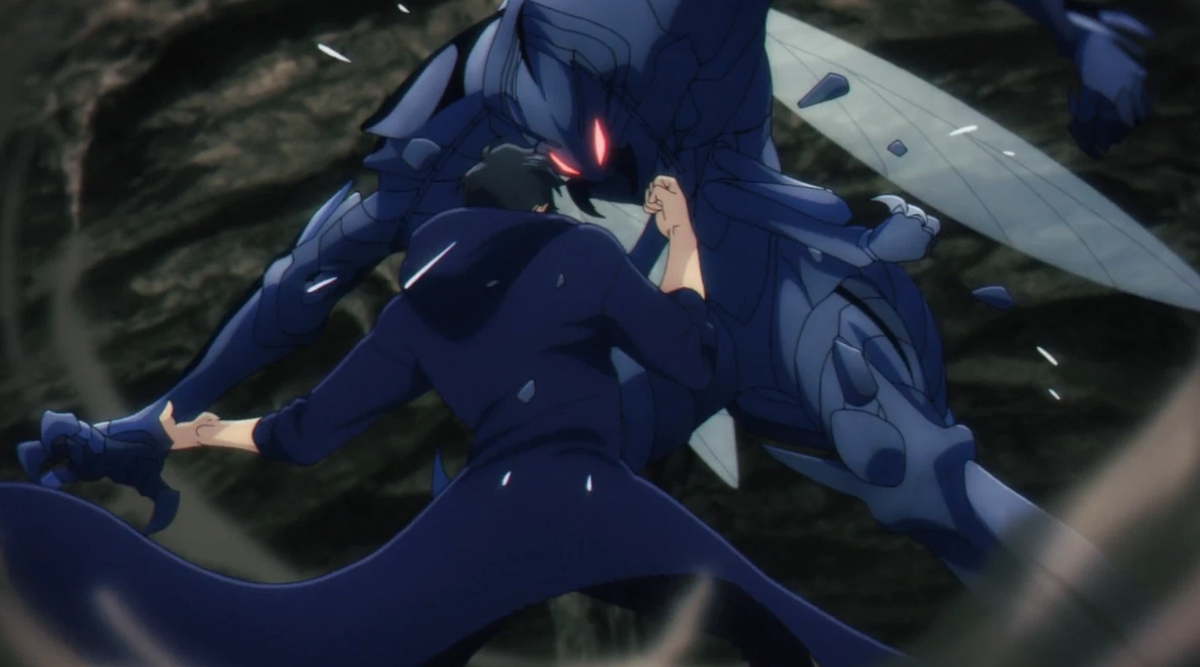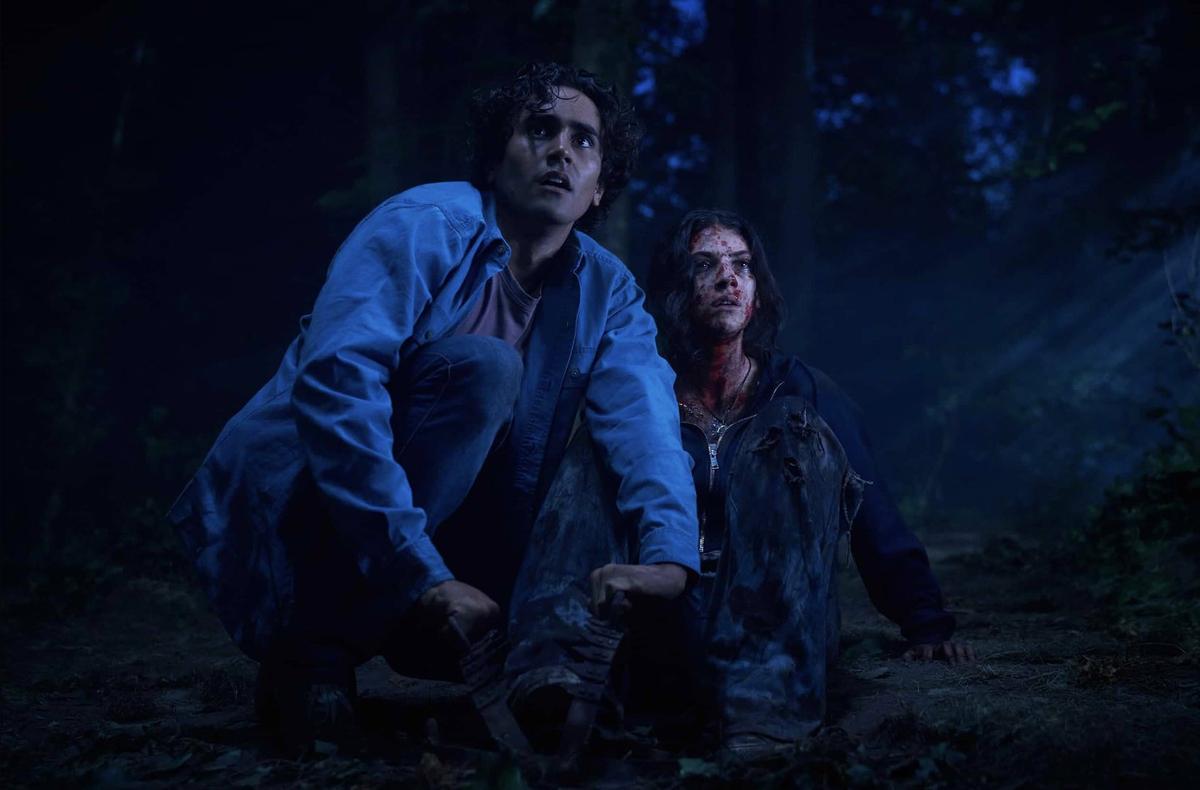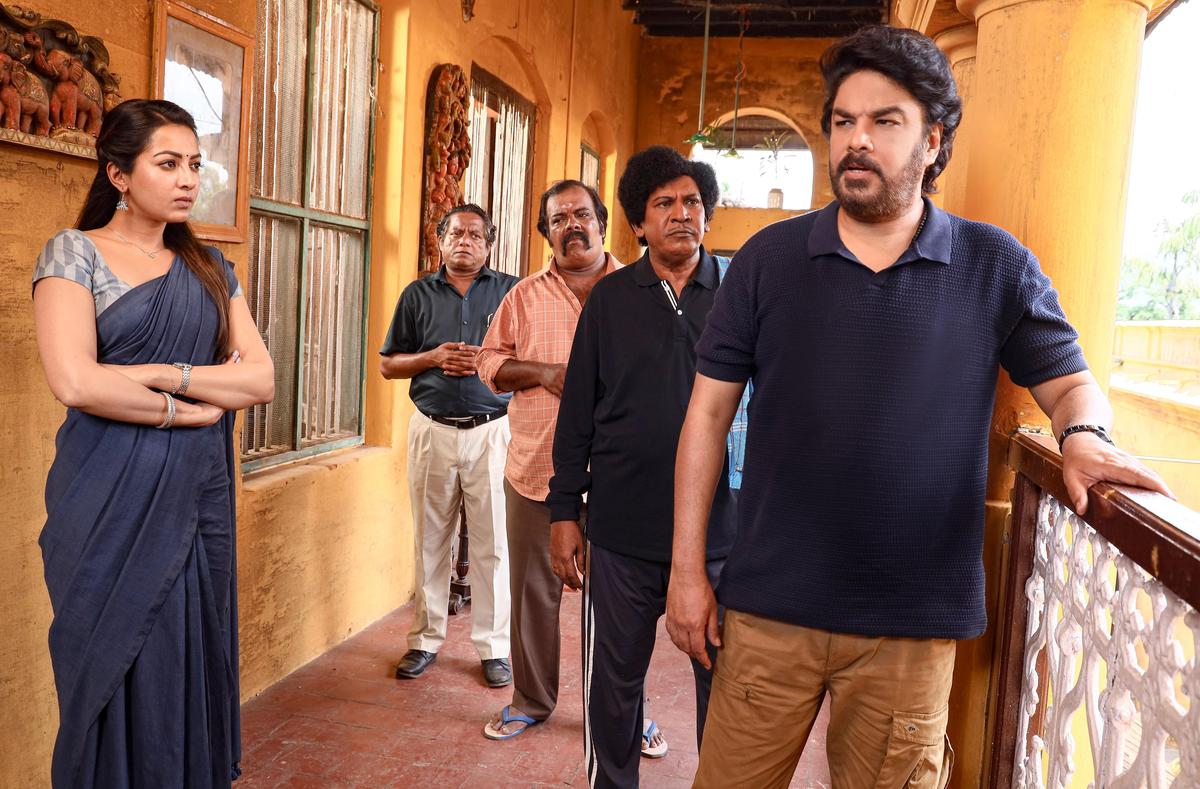If the debut season of Solo Leveling was the power fantasy anime fans didn’t know they needed, its sophomore outing is where reality starts to set in. It’s the realisation that no one levels up forever without (some semblance of) consequences. Last year, A-1 Pictures delivered a slick, kinetic adaptation of Chugong’s web novel, turning Sung Jin-woo’s rise from hapless weakling to god-tier hunter into a visual feast of glowing swords, impossibly fluid combat, and power-ups so excessive they bordered on parody. With its second season, the question was whether the show could keep up its momentum or get washed like an overconfident raid party of A-rankers. The good news is that this season has indeed leveled up.
From the jump, Solo Leveling tells us we’re playing in the big leagues now. The contrasts are darker, the action is sharper, the textures feel richer, and the framing choices lend a cinematic weight to Jin-woo’s journey. Once clinging to the shadows of mediocrity to avoid notice, our protagonist can no longer hide. His power has grown too vast, his presence too commanding, and, as the world takes notice, so do its deadliest forces.
Solo Leveling Season 2 (Japanese)
Director: Shunsuke Nakashige
Cast: Taito Ban, Reina Ueda, Akira Ishida, Hiroki Tōchi, Satoshi Mikami
Runtime: 25 minutes
Episodes: 13
Storyline: Jinwoo has become a formidable necromancer with an army of loyal shadows at his command. But he must master these abilities while keeping them hidden from other hunters, all while racing against the clock to save his mother
Where season one relished in Jin-woo’s ascension, with each dungeon a stepping stone to omnipotence, season two asks what it actually means to be this strong. His enemies aren’t just mindless monsters anymore; they are thinking, feeling, and, in some cases, desperate beings. And unlike last season, when Jin-woo bulldozed his foes with the amused detachment of someone replaying an early-game tutorial, he’s now meeting threats that actually make him pause.
Visually, Solo Leveling season two takes a cue from other anime that have refined their aesthetic mid-run — think the shift between Jujutsu Kaisen’s first and second seasons. The linework is more precise, the lighting more deliberate. The fights are at once more brutal, but more importantly, the tension from the stakes feels a lot more real. Jin-woo is still overpowered, sure, but the invincible smirk has started to waver ever so slightly. The realisation that, in his pursuit of power, he may have made himself untouchable in ways he didn’t intend has started to creep into his expressions.

A still from ‘Solo Leveling’ Season 2
| Photo Credit:
Crunchyroll
Where the first season sometimes fell into the trap of making its fights feel like weightless cutscenes, this season makes every blow hurt. When Jin-woo squares off against the Ice Elf leader, Barca, the high orc shaman king, Kargalgan, and the King of the Demons, Baran, you feel the earth-shattering impact of each blow, with strikes landing like thunderclaps and the animation reveling in this brutality. The animation team at A-1 Pictures clearly took feedback from season one and delivered action sequences that feel immersive rather than mechanical.
The series wisely offsets all the bone-crunching brutality with glimpses of Jin-woo’s more vulnerable side — like his frantic mission to cure his mother’s magical coma. Of course, X found something to whine about; the subplot added some much-needed emotional weight, even if the show doesn’t linger on it for as long as it could.
But if the first half of the season lays the groundwork, the back half — the Jeju Island Raid — is where Solo Leveling cashes in, with interest. The terrifying apex predator in the Ant King is introduced as a creature so nightmarishly efficient that it makes seasoned S-rank hunters look like low-level NPCs. Its grotesque, sinewy elegance complements its unsettling poise and a blood-curdling aura that precedes its arrival. Its voice slithers between guttural growls and unsettlingly formal requests to challenge the “king of the humans.” The show milks every ounce of tension from its incredibly directed reign of terror, with POV shots of beheadings and impalings turning Jeju into a monster-movie war zone where hope is a rapidly depleting resource. Just when all seems lost, Jin-woo arrives in an aura farming, godlike inevitability of an extinction event.

A still from ‘Solo Leveling’ Season 2
| Photo Credit:
Crunchyroll
The climactic showdown features some marvelously cinematic carnage that gradually escalates from razor-sharp precision towards unhinged, uncontainable mayhem. The battle feels like an S-ranked exorcism, a violent purge of whatever fragile balance once existed between humanity and the monsters that stalk them. Limbs fly, the earth shatters, and by the time the dust settles, it’s clear that Jin-woo has turned into something else entirely — something the world isn’t prepared for.
It’s no longer a question of whether Jin-woo can win his fights. Of course he can, and he probably will. He’s practically built for it. The real question is what winning does to him. The show flirts with these ideas, though it doesn’t always sit with them long enough. The emotional beats are sometimes sidelined in favor of spectacle, but when the spectacle is this good, it’s hard to complain.

Jin-woo has torn through dungeons, armies, and nightmares with the ease of mowing the lawn. But as manhwa readers know, the real battle — the one that decides not just his strength, but his very humanity — has only just begun.
Solo Leveling Season 2 is currently streaming on Crunchyroll
Published – March 30, 2025 05:08 pm IST































